Fungicide Copper spray on flowering tomato plants, yes or no ??....
herbeapuce
7 years ago
Featured Answer
Sort by:Oldest
Comments (11)
Related Discussions
fungicide spray program
Comments (6)Here's my dilemna. Maybe somebody has a solution or suggestion. In treating my 3 rose bushes that are planted side by side for blackspot, I started using Bayer all in one rose and flower care and mixing up one batch at a time and pouring it around the plant base, then I would mix up 1 Tablespoon of baking soda, 1 teaspoon of liquid dish soap to one gallon of water. I have been mixing it up in my sprinkling can and then pouring the solution into a qt. size sprayer. Can't seem to find a 1 gal. plastic bottle anywhere that I can use as a sprayer. Certainly I don't need to use the entire 1 gal. of mixture on those 3 roses, so it gets wasted because I don't see how the baking soda would be effective when the next two weeks rolls around when it is time to spray again. Any solutions or better suggestions?...See MoreNightshades, Copper as fungicide and Copper poisoning
Comments (27)Dear Larry, You are absolutely right. Trans fat laden margerine has and will continue to kill people prematurely by the millions. Let me point out that I am not one of your American nutritionists, in fact I don't even want to talk to these people with miserable bachelor academic credentials, following guidelines set forth by their "American Dietetic Association" which is basically preaching the wisdom of big (processed) food corporations. I am a nutritional chemist and had to study for my degree for 8 years at the University of Berlin. Unlike American nutritionists I know how margerine is made and if anybody knew what they were eating they would puke. A roach is more intelligent about eating healthy. Put a blob of margerine on your windowsill and it will still be there in 2 years untouched by any insect. So if margarine was so bad for you where are your lawyers, why has nobody appologized including your American Heart Association, the American Cancer Society, The Harvard Institute etc., all advocating to eat margerine instead of butter? As a member of the Weston Price Foundation my fat hero is Dr. Mary Enig. She was the first to fight the vegetable oil/margerine industry for promoting rancid fats. You would be well advised to read what this foundation stands for, click on the link below. Fortunately Europeans have always been suspicious of junk food science spread in America. Every single modern trend is a killer: Low fat - absolut rubbish and responsible for the high degree of diabetes in your country. Fat slows the absorption of sugar into your blood. Low Sodium - Again killing millions of people prematurely and responsible for millions of people suffering from astma and high blood pressure. Sodium in balance with Potassium is the most important mineral to stabilize your blood pressure. Drink milk for Calcium - what a joke, milk will deplete your body of vital Magnesium and CAUSE osteoporosis. US milk is full of puss, eat French cheese where puss count is regulated. Pop multivitamins and rest easy when eating junk food - people on multivitamins are 10% more likely to die early vs. people who don't take multi-vitamins. Eat soy - good luck, you need it. etc. etc. By the way beer is healthy but make sure it's additive free. I lecture at community events, my theme is "Challenging politically correct nutrition". You get the picture. Here is a link that might be useful: Weston Price Foundation...See MoreDisease Prevention -- Tomatoes -- Fungicide
Comments (25)Fastnik, spraying the entire plant, both the top and bottoms of leaves is the way to go. I hear you! Once the plants get large, it is a chore to spray each plant correctly. These fungicides are contact types, which means that if the fungicide does not contact the spores, it does not kill. They are not systemic. This is one of the main reasons why I have started to prune my plants to 3 stems. It makes it such less of a chore to do it correctly. I may get a little less fruit from each plant, but I can plant 33% more plants, so it makes up for it....See MoreFungicide for Tomato Plants
Comments (3)Looks like septoria, but regardless, suggest spraying with Daconil, and/or a copper fungicide. I rotate with both. Fungal diseases are hard to control, but it can be done. Spray early and often....See Moreherbeapuce
7 years agolast modified: 7 years agoSeysonn_ 8a-NC/HZ-7
7 years agoBarrie, (Central PA, zone 6a)
7 years agoUser
7 years agodigdirt2
7 years agoantipodean
7 years agodaniel_nyc
7 years agolast modified: 7 years agolgteacher
7 years agoherbeapuce
7 years ago
Related Stories
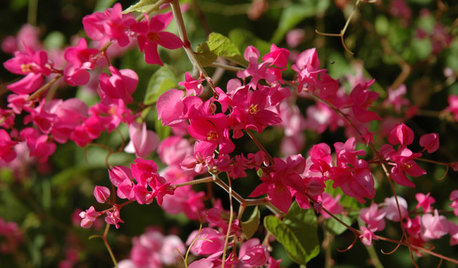
SOUTHWEST GARDENING10 Flowering Vines for Southwestern Gardens
These resilient, adaptable plants thrive in the region’s extreme climate and provide a variety of garden benefits
Full Story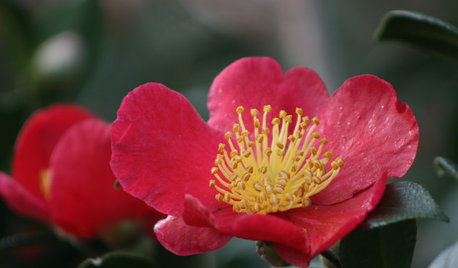
WINTER GARDENINGYes, You Can Enjoy Your Yard in December! Here's How
Garden writers around the U.S. share their favorite winter garden joys. See what to do in your region this month
Full Story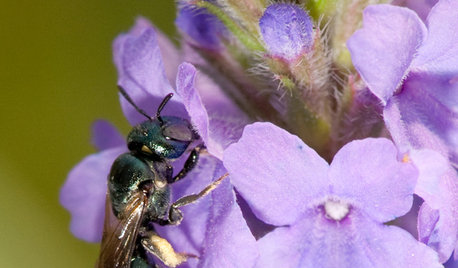
GARDENING GUIDESSmall Carpenter Bees Are Looking for a Home in Your Plant Stems
Provide flowers and nesting sites in your garden for this beautiful, tiny, metallic blue wild bee — your plants will thank you
Full Story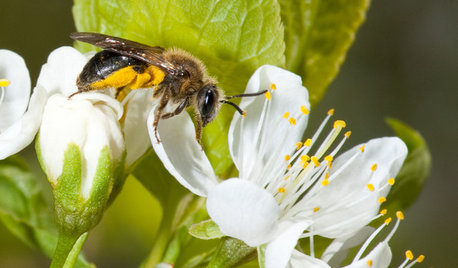
GARDENING GUIDESInvite Mining Bees to Your Garden by Planting Their Favorite Plants
Look for mining bees (Andrena) pollinating woodland wildflowers in U.S. gardens this spring
Full Story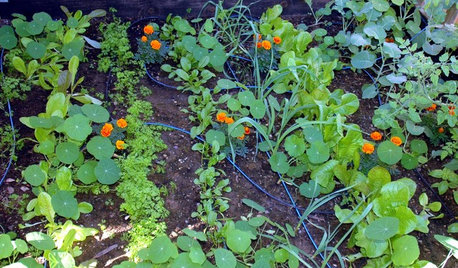
EDIBLE GARDENSGarden BFFs? Why Your Vegetables Are Begging for Companion Plants
Foster friendships among plants for protection from pests, pollination support and color camaraderie
Full Story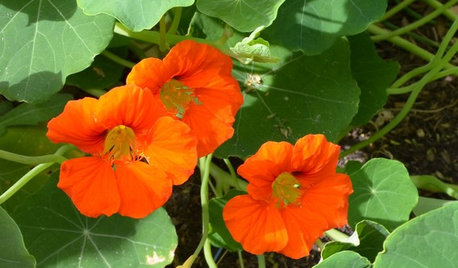
CONTAINER GARDENS7 Deer-Resistant Flowers for Your Summer Containers
Grow these as protection for edibles or just for their colorful beauty — deer might not like them, but everyone else will
Full Story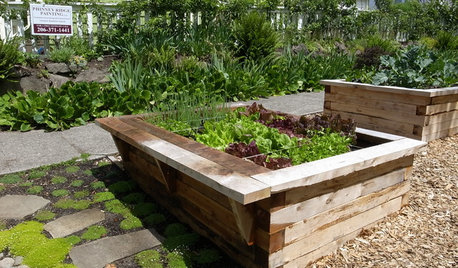
FARM YOUR YARDHow to Build a Raised Bed for Your Veggies and Plants
Whether you’re farming your parking strip or beautifying your backyard, a planting box you make yourself can come in mighty handy
Full Story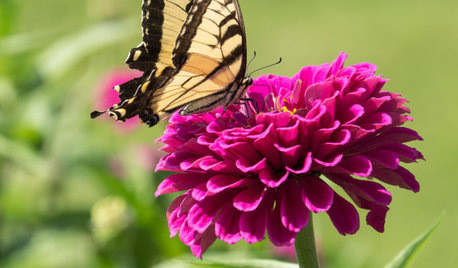
GARDENING GUIDES20 Favorite Flowers for Butterflies and Bouquets
Discover perennials and annuals that do double duty as butterfly magnets and versatile cut flowers
Full Story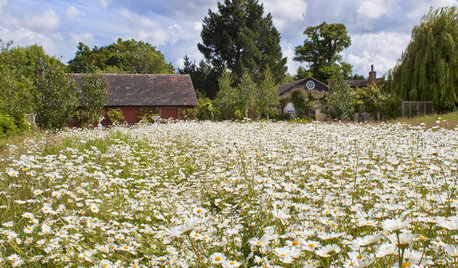
GARDENING GUIDESHouzz Call: What’s Your Favorite Backyard Beauty?
The simple, honest daisy is this writer’s go-to garden flower. We want to hear which plant, flowering or otherwise, gives you special joy
Full Story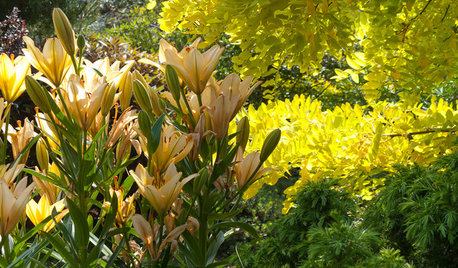
GARDENING GUIDESGreat Garden Combo: 3 Wonderful Plants for a Deer-Resistant Screen
Protect your privacy and keep deer at bay with a planting trio that turns a problem garden area into a highlight
Full Story


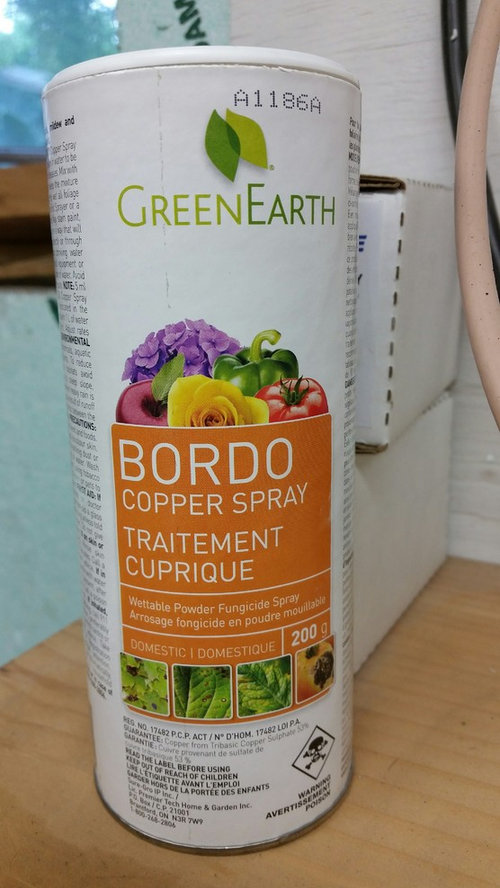
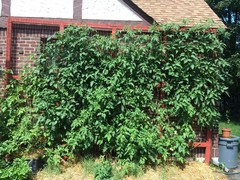
digdirt2